Old Hollywood
In a new book coming out soon, the author makes the claim that this permanent A list actor/director was the killer of the Black Dahlia.
Orson Welles
Citizen Killer?
Childhood Shadows: The Hidden Story of the Black Dahlia Murder
By Mary Pacios
1stBooks Library, 314 pagesMary Pacios is no writer. She’s not a detective, either, but she was driven to become both by what she calls the “lies” surrounding the murder of her childhood friend, Elizabeth Short, aka the Black Dahlia, one of the sexiest victims never to leave Hollywood alive. The two saw 25-cent flicks and drank malteds together during World War II in Medford, Mass.
Pacios was 12 years old when her friend’s body was discovered on Jan. 15, 1947, in Tinseltown, where the 22-year-old Short had gone to fulfill her dream of becoming an actress. Short had rope burns on her wrists, cigarettes burned into her breasts, her head had been beaten in and her mouth had been cut from cheek to cheek. The killer then had bisected her body just above the navel and left the two halves in a vacant lot.
Many people still know about the Black Dahlia (so-called because of Short’s pale white skin, red red lips and the black bouffant hairstyle that framed her face). There are books and movies, a computer role-playing game and several Web sites devoted to a murder that remains unsolved. Probably the most famous version of the killing is in James Ellroy’s 1984 novel “The Black Dahlia.”
I wanted to ask you about some of the details in the book. If you could explain to me, what a signature killing is.
Murder is not the object in a signature killing. It’s control, and it’s control of the body. And the signature is what the killer does after the murder, usually. It’s the compulsion the killer has to fulfill. The murder is just a means for him to get control over the victim so he can do what he [wants]. That’s a signature killing.
How much of what was done to Elizabeth Short was done after she was killed?
Most of it. Most of it. Yeah, the only thing — the slashes to the mouth were done before.
And her head, she was killed by the blows to the head?
Yeah, I suspect she was unconscious even when that was done. You know, people have these fantasies. But I suspect that she was unconscious, pretty much.
Do they know how she was cut in half? Because that’s a lot, to cut through someone’s back and spine.
No, they don’t. You know, a very, very sharp knife. With a person with a steady hand.
Do you remember the moment when you first considered Orson Welles as a suspect? When you got that feeling in your head, that creeping sensation of being on to something, as they say? What was that moment?
Well, I’d get it and then I’d suppress it, you know?
What do you mean, you’d “get it”? Take me back a little bit to explain.
Well, see, his name came up a few times. It was just sort of curiosity. So see when I came across Welles having a magic act [As part of the act, Welles would create the illusion of cutting a woman in half] in the ’40s, it just sort of piqued my curiosity and when I saw the scenes cut from “The Lady From Shanghai” …
What led you to look at those scenes, though?
I have to think a little bit. Oh, I know now, what got me, what really got me is when I talked to the waitress, I was put on to this waitress at Breneman’s.
Which was the diner where Short and Welles might have met, right?
Yup, she was a very well-respected businesswoman in L.A., and Breneman’s was this restaurant. She described [how] there were the booths, the curved booths with the leather chairs, and Elizabeth Short used to come in, Beth Short would come in, and I asked her when it was. And she said, “Well, it was about the time Orson Welles was making ‘The Lady From Shanghai.'” And his name, you know, and the magic act, this stuff, and it just made me curious. – Source
Read more on these Tags: Old Hollywood, Orson Welles


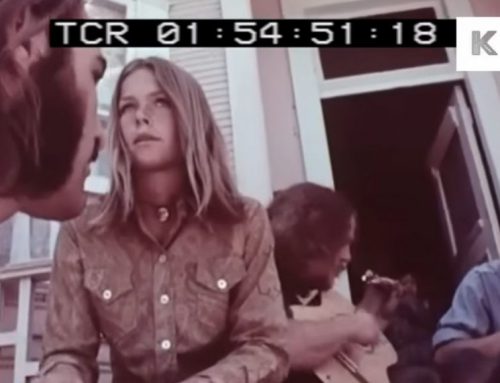
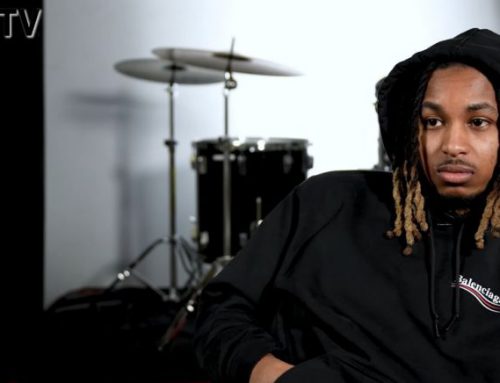

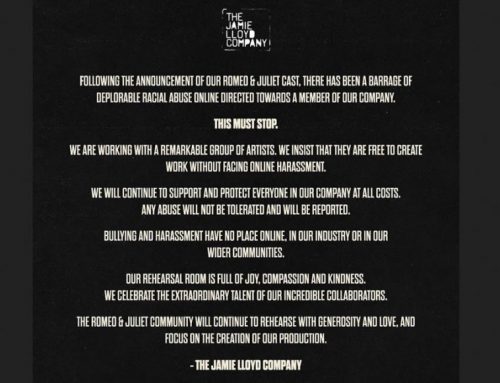


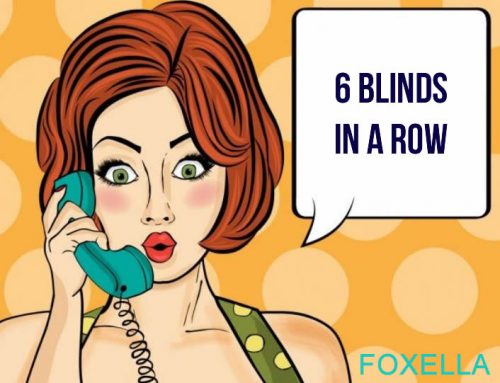
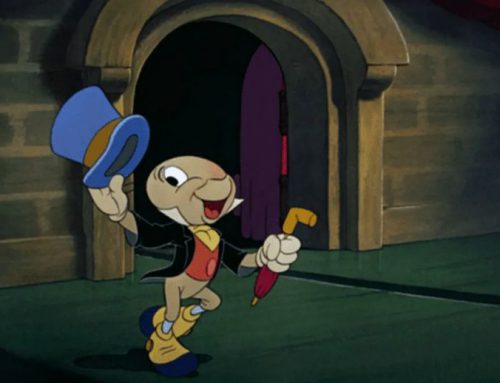
Bullshits